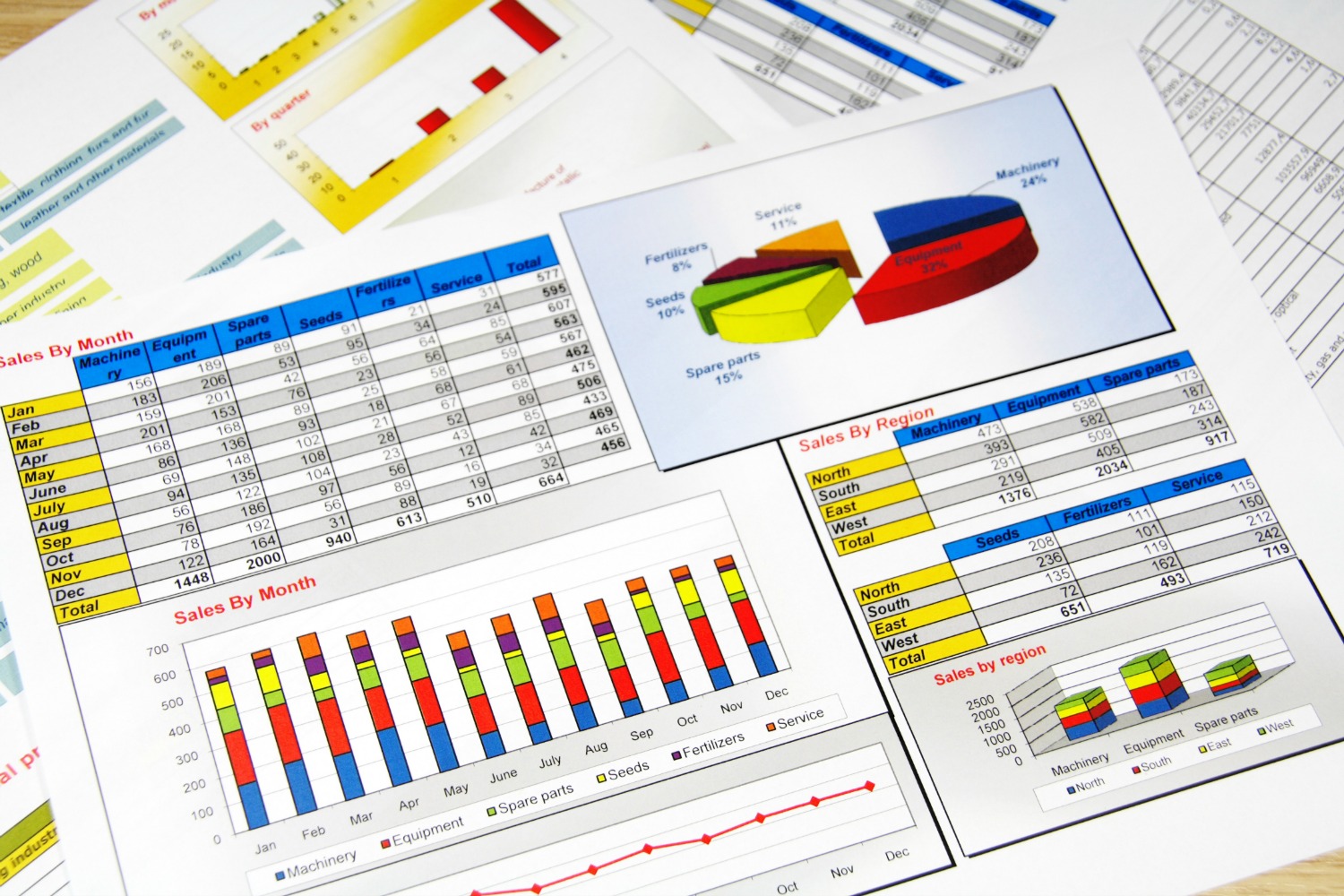Time is money. This is why it is important for salespersons to make sure that the effort they expend on a particular lead is worth it in the end and will likely result in the closing of a deal.
In the first of two articles on lead scoring we will examine what lead scoring is and what benefits the use of this method can provide to sales teams.
What is lead scoring?
The sales readiness and level of interest of leads are ranked according to a scale. This scale assigns values to a lead according to certain criteria. Criteria can include information provided by the prospect themselves (job title, geographical location, etc.) or information that is implied (the online behaviour of a lead such as the types of pages visits and frequency of visits). The total values assigned will help to establish the priority that lead or prospect will be given by the sales team.
It needs to be said that lead scoring shouldn’t be used to only pick the hottest leads and neglect the others. Lead scoring allows you to discover which leads are ready to move on to sales and which ones still need more nurturing from the marketing department.
Benefits of lead scoring
Better alignment of marketing and sales efforts
Establishment of a common language through lead scoring enables the sales and marketing teams to discuss the quality and quantity of leads received more easily. Through the lead scoring process marketing can also see which qualities are required to create a sales-ready lead, and can then focus their inbound and outbound efforts on reeling in those leads with the specified qualities.
Increased sales productivity and effectiveness
Since the attention is only on valuable and qualified leads, those that are of low value are not sent to sales for engagement and not given as much focus. Focusing on leads that may not amount to anything takes time away from those that will provide value.
Better forecasting and pipeline reliability
The sales pipeline is notoriously unpredictable, since it is not always known if leads will turn out to be of good quality and result in a sale. When the pipeline is filled with sales-ready leads it becomes more reliable – and therefore easier for companies to predict what revenue will look like in the future.
Increased conversion rates
All leads are developed and defined with the help of an ideal set of qualification criteria. This increases the likelihood of a lead converting into a sales opportunity.
Measurable ROI of lead-generation program
Lead scoring allows sales teams to measure the effectiveness of their lead-generation program. Sales-ready leads can be separated from mere inquiries, and the cost input required to get a sales-ready lead can be calculated. This can be helpful when deciding on budgeting requirements.
Shortened sales cycle
The sales department focuses only on leads that are more likely to provide value, which means the length of a sales cycle is reduced by eliminating time formerly wasted on less-qualified leads.
Make sure to keep an eye out for the second and final part of this series on lead scoring, where you will discover how to use this method to gain optimal results.











